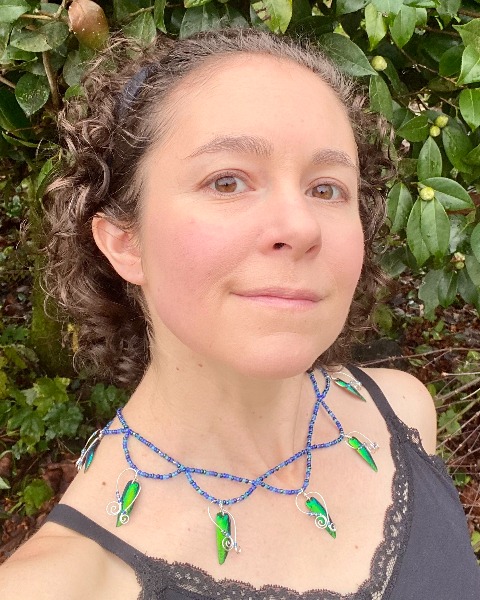P-IE
10-Minute Paper
10-min: P-IE, Horticultural IPM
Dietary routing of lipids in insect pests can answer important questions about host plant use and landscape dynamics
On-Demand

Heather Andrews
Oregon State University
Aurora, Oregon- NW
Nik Wiman
Oregon State University
Corvallis, Oregon 
Man-Yeon Choi
USDA-ARS
Corvallis, Oregon
Presenting Author(s)
Co-Author(s)
Dietary routing describes the transfer of specific nutrients through food webs. For some phytophagous insects, lipids acquired through diet in the larval stage are carried over to adulthood. Analysis of fatty acid profiles of the adult stage can be used to determine natal host and as an internal marker to study movement patterns. The native hosts plants of filbertworm Cydia latiferreana Walsingham (Lepidoptera: Tortricidae) were white oaks and California beaked hazelnut until the introduction of the European hazelnut (Corylus avellana L.) to the Pacific Northwest in the mid 1800’s. Since then, this moth has been the primary pest of European hazelnuts grown in the Pacific Northwest. Spotted wing drosophila Drosophila suzukii (Matsumura) (Diptera: Drosophilidae) is an exotic Asian fruit fly that can be devastating in soft fruit crops. Alternate hosts of both pests provide refugia that can be used for survival. Understanding alternate host dynamics and movement of key pests between hosts is critical to optimize management. Dietary routing using fatty acid profiles could be used to determine host plant origin in wild adult insects captured on traps, and as an internal marker for insects reared on specific diets and released into the field for mark-recapture experiments. In 2018 and 2019 we conducted lipid analyses on C. latiferreana and D. suzukii raised on various diets, and found that we can discriminate the host based on fatty acid profiles. In 2019 and 2020 we expanded our analyses to include D. suzukii raised on additional hosts and field captured C. latiferreana.

